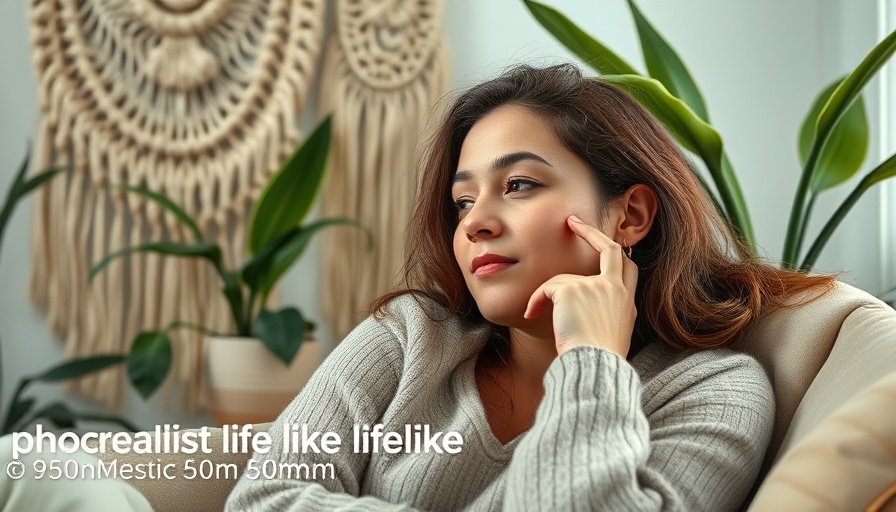
Reflections on Five Years: The Lasting Impact of Covid-19
As we mark five years since the onset of the Covid-19 pandemic, it is crucial to reflect on its profound impact on our mental health, particularly among women. In discussions with existential psychotherapist Sara Kuburic, a significant pattern emerges: unresolved grief, heightened anxiety, and a pervasive sense of instability characterize the psychological landscape of many women today. Kuburic, who engages with a community of over 1.7 million followers and author of the impactful book "It’s On Me," emphasizes that our encounters during the pandemic uniquely shaped our identities and emotional responses.
The Psychological Aftermath: What the Data Reveals
The World Health Organization (WHO) reported an alarming 25% rise in global anxiety and depression levels due to the pressures of the pandemic, with women bearing the brunt of this crisis. Notably, data from frontline healthcare workers underscored this reality: they indicated a substantial increase in cases of PTSD, a condition affecting more than one in five workers, the majority of whom are female. Furthermore, alarming statistics highlighted a rise in postnatal depression and a staggering 300% increase in helpline calls about eating disorders among young women during this period.
Unpacking 'Little-T' Trauma: A New Perspective
When considering the traumas resulting from these years, psychologist Meg Arroll introduces the idea of 'little-T' trauma—category which includes the subtle, yet significant psychological stresses we face daily. Arroll argues that Covid-19 fostered numerous everyday challenges such as disrupted relationships and changes in work environments that can significantly affect mental health, contributing to what many experience as chronic stress. Highlights from her book, "Tiny Traumas," help us to understand how collective and small-scale traumas accumulate, thus reshaping our emotional responses and behaviors.
How Covid-19 Altered Our Perception of Self and Others
As we navigate our post-pandemic lives, many struggle with feelings of discomfort in social situations, exacerbated by prolonged isolation. The pandemic has instilled a new level of caution and anxiety in our daily interactions, making it vital to address these emotions openly. Simple acts, such as returning to the office, can induce stress reminiscent of the pandemic period as our bodies and minds wrestle with ingrained fears and uncertainty.
Practical Insights: Moving Towards Healing and Resilience
While challenges persist, there are ways to foster resilience and psychological well-being. Mindfulness practices, therapy, and community support remain crucial tools for emotional recovery. Kuburic suggests that individuals reflect on their identities and experiences over the past five years, encouraging a process of re-evaluation and growth. Finding meaning through shared experiences can help reclaim agency, leading to a better understanding of oneself and one's place in the world.
Finding Hope: Looking Ahead
The road to healing may seem daunting, yet there is hope. As the public grapples with the fallout of these past years, solidarity and open conversations are essential. Acknowledging the collective trauma and shared experiences can enhance our ability to support one another and pave the way toward recovery. It ensures that we breathe life back into our sense of community and connection.
Engaging with Women's Health Tips: Take Action Now
As we ponder our journey over the past five years, it is vital to prioritize mental health, especially among women. Implementing health-conscious strategies can be transformative; consider joining local wellness programs or exploring resources dedicated to mental health recovery. Leveraging these tools empowers individuals to take the reins of their health in profound ways. Don't hesitate—start your journey towards wellness today.
Conclusion: Embracing Change
Five years post-Covid-19, we stand at a crossroads of change and renewal. The psychological legacy of the pandemic encourages introspection and healing as we collectively navigate our new realities. By fostering open dialogue about these experiences, embracing supportive practices, and prioritizing women's mental health, we can cultivate resilience and carve out a brighter, more connected future.
 Add Row
Add Row  Add
Add 




 Add Row
Add Row  Add
Add 

Write A Comment